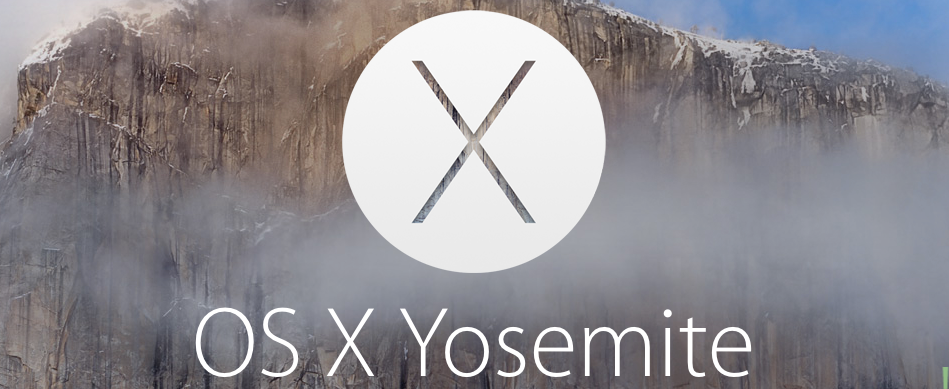I first heard of “Cloud Computing” when my friend in Trivandrum started talking about it, organizing seminars and conferences on the topic. I was familiar with Grid Computing, so I thought it was something similar and left it at that. But a recent need of mine illustrated to me what cloud computing really is, and why one would want it. I thought I would share my insight with the uninitiated.
Before we go any further, I should confess that I write this post with a bit of an ulterior motive. What that motive is is something I will divulge towards the end of this post.
Let me start by saying that I am no noob when it comes to computers. I started my long love affair with computing and programming in 1983. Those late night bicycle rides to CLT and stacks of Fortran cards – those were fun-filled adventures. We would submit the stack to the IBM 370 operators early in the morning and get the output in the evening. So the turn around time for each bug fix would be a day, which I think made us fairly careful programmers. I remember writing a program for printing out a calendar, one page per month, spaced and aligned properly. Useless really, because the printout would be on A3 size feed rolls with holes on the sides, and the font was a dirty Courier type of point size 12 in light blue-black, barely legible at normal reading distance. But it was fun. Unfortunately I made a mistake in the loop nesting and the calendar came out all messed up. Worse, the operator, who was stingy about the paper usage, interrupted the output on the fourth month and advised me to stop doing it. I knew that he could not interrupt it if I used only one Fortran PRINT statement and rewrote the program to do it that way. I got the output, but on the January page, there was this hand-written missive, “Try it once more and I will cancel your account.” At that point I ceased and desisted.
I started using email in the late eighties on a cluster of Vaxstations that belonged to the high-energy physics group at Syracuse University. At first, we could send email only to users on the same cluster, with DecNet addresses like VAX05::MONETI. And a year later, when I could send a mail to my friend in the next building with an address like IN%”naresh@ee.syr.edu” or something (the “IN” signifying Internet), I was mighty impressed with the pace at which technology was progressing. Little did I know that a few short years later, there would be usenet, Mosaic and e-commerce. And that I would be writing books on financial computing and WordPress plugins in PHP.
Despite keeping pace with computing technology most of my life, I have begun to feel that technology is slowly breaking free and drifting away from me. I still don’t have a twitter account, and I visit my Facebook only once a month or so. More to the point of this post, I am embarrassed to admit that I had no clue what this cloud computing was all about. Until I got my MacBook Air, thanks to my dear wife who likes to play sugar mama once in a while. I always had this problem of synchronizing my documents among the four or five PCs and Macs I regularly work with. With a USB drive and extreme care, I could manage it, but the MBA was the proverbial straw that broke my camel of a back. (By the way, did you know this Iranian proverb – “Every time the came shits, it’s not dates”?) I figured that there had to be better way. I had played with Google Apps for a while now, although I didn’t realize that it was cloud computing.
What I wanted to do was a bit more involved than office applications. I wanted to work on my hobby PHP projects from different computers. This means something like XAMPP or MAMPP along with NetBeans on all the computers I work with. But how do I keep the source code sync’ed? Thmbdrives and backup/sync programs? Not elegant, and hardly seamless. Then I hit upon the perfect solution – Dropbox! This way, you store the source files on the network (using Amazon S3, apparently, but that is beside the point), and see a directory (folder for those who haven’t obeyed Steve Jobbs and gone back to the Mac) that looks like suspiciously local. In fact, it is a local directory – just that there is a program running on the background syncing it with your folder on the cloud.
Dropbox! gives you 2GB of network storage free, which I find quite adequate for any normal user. (That sounds like the famous last words by Bill Gates, doesn’t it? “64KB of memory should be enough for anyone!”) And, you can get 250MB extra for every successful referral you make. That brings me to my ulterior motive – all the links to Dropbox! on this post are actually referral links. When you sign up and start using it by clicking on one of them, I get 250MB extra. Don’t worry, you get 250MB extra as well. So I can grow my online storage up to 8GB, which should keep me happy for a long time, unless I want to store my photos and video there, in which case I will upgrade my Dropbox! account to a paid service.
Apart from giving me extra space, there are many reasons you should really check out Dropbox!. I will write more on those reasons later, but let me list them here.
1. Sync your (Mac) address book among your Macs.
2. Multiple synced backups of your precious data.
3. Transparent use for IDEs such as Netbeans.
Some of these reasons are addressed only by following some tips and tricks, which I will write about.
By the way, we Indian writers like to use expressions like ulterior motives and vested interests. Do you think it is because we always have some?






 Quit applications that may be indexing the file system. Dropbox, QuickSilver etc. Find them on your menu bar. Right click on the icons and select Quit.
Quit applications that may be indexing the file system. Dropbox, QuickSilver etc. Find them on your menu bar. Right click on the icons and select Quit. Ensure that Finder is not set to show all size. Open a Finder window, hit Cmd-J to bring up these options, and ensure that the Calculate All Sizes is not ticked (despite the fact that it is shown ticked in the screenshot here).
Ensure that Finder is not set to show all size. Open a Finder window, hit Cmd-J to bring up these options, and ensure that the Calculate All Sizes is not ticked (despite the fact that it is shown ticked in the screenshot here).
 The last thing to try is to kill and relaunch Finder. Click on the Apple logo on any menu bar, select “Force Quit…” to bring up the window show, select Finder and hit the Relaunch button
The last thing to try is to kill and relaunch Finder. Click on the Apple logo on any menu bar, select “Force Quit…” to bring up the window show, select Finder and hit the Relaunch button